This simulation models a huge number of atoms in detail with the help of artificial intelligence.
By Alex Wilkins
This simulation models a huge number of atoms in detail with the help of artificial intelligence.
By Alex Wilkins
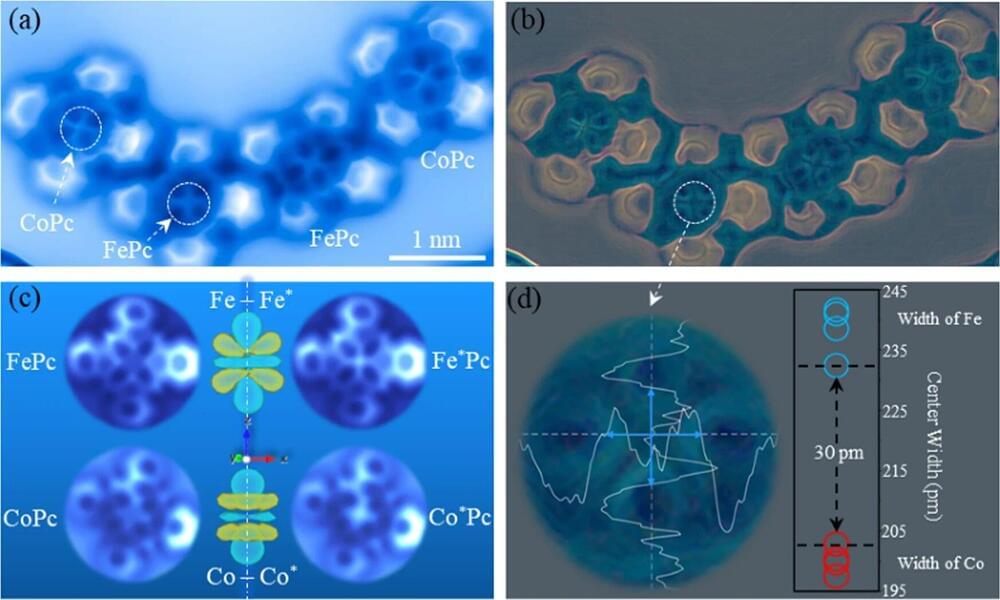
Something not musk:
No one will ever be able to see a purely mathematical construct such as a perfect sphere. But now, scientists using supercomputer simulations and atomic resolution microscopes have imaged the signatures of electron orbitals, which are defined by mathematical equations of quantum mechanics and predict where an atom’s electron is most likely to be.
Scientists at UT Austin, Princeton University, and ExxonMobil have directly observed the signatures of electron orbitals in two different transition-metal atoms, iron (Fe) and cobalt (Co) present in metal-phthalocyanines. Those signatures are apparent in the forces measured by atomic force microscopes, which often reflect the underlying orbitals and can be so interpreted.
Their study was published in March 2023 as an Editors’ Highlight in the journal Nature Communications.

Impulsive or Helium-3 enriched solar energetic particle (SEP) events, characterized by Helium-3 and ultra-heavy ion abundances, show high association with type III radio bursts. Minor (B-or C-class) GOES soft X-ray flares often accompany these events.
There are reports on such events measured in clusters from sub-flares in single active regions, where abundance showed significant variations. Imaging observations revealed that sources of these recurrent Helium-3 enriched are jets from solar plages (patches of scattered magnetic fields) or coronal hole edges.
From a distance of only half an astronomical unit (AU), or around 46.5 million miles, scientists from the Southwest Research Institute (SwRI) have made the first close-up observations of a source of energetic particles ejected from the Sun. ESA’s Solar Orbiter provided high-resolution images of the solar flare.
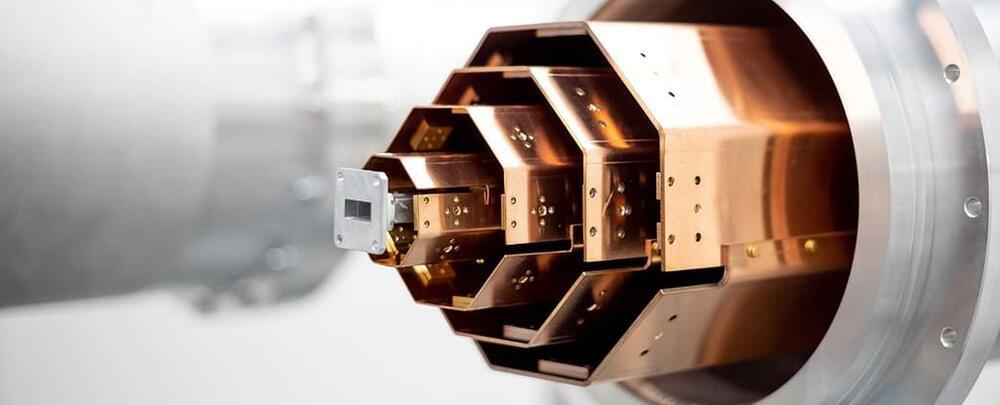
Albert Einstein wasn’t entirely convinced about quantum mechanics, suggesting our understanding of it was incomplete. In particular, Einstein took issue with entanglement, the notion that a particle could be affected by another particle that wasn’t close by.
Experiments since have shown that quantum entanglement is indeed possible and that two entangled particles can be connected over a distance. Now a new experiment further confirms it, and in a way we haven’t seen before.
In the new experiment, scientists used a 30-meter-long tube cooled to close to absolute zero to run a Bell test: a random measurement on two entangled qubit (quantum bit) particles at the same time.

Summary: For the first time, Google Quantum AI has observed the peculiar behavior of non-Abelian anyons, particles with the potential to revolutionize quantum computing by making operations more resistant to noise.
Non-Abelian anyons have the unique feature of retaining a sort of memory, allowing us to determine when they have been exchanged, even though they are identical.
The team successfully used these anyons to perform quantum computations, opening a new path towards topological quantum computation. This significant discovery could be instrumental in the future of fault-tolerant topological quantum computing.
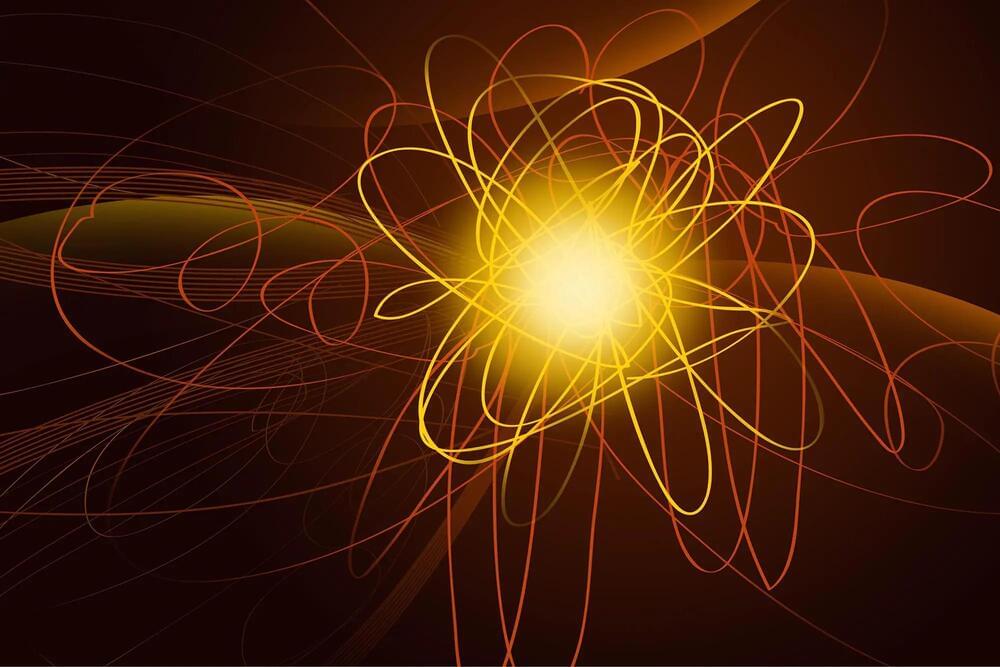
Dibaryons are subatomic particles composed of two baryons. Their formation, which occurs through interactions between baryons, is fundamental in big-bang nucleosynthesis, nuclear reactions including those happening within stars, and bridges the gap between nuclear physics, cosmology, and astrophysics. Fascinatingly, the strong force, responsible for the formation and the majority of the mass of nuclei, facilitates the formation of a plethora of different dibaryons with diverse quark combinations.
Nevertheless, these dibaryons are not commonly observed — the deuteron is currently the only known stable dibaryon.
To resolve this apparent dichotomy, it is essential to investigate dibaryons and baryon-baryon interactions at the fundamental level of strong interactions. In a recent publication in Physical Review Letters.
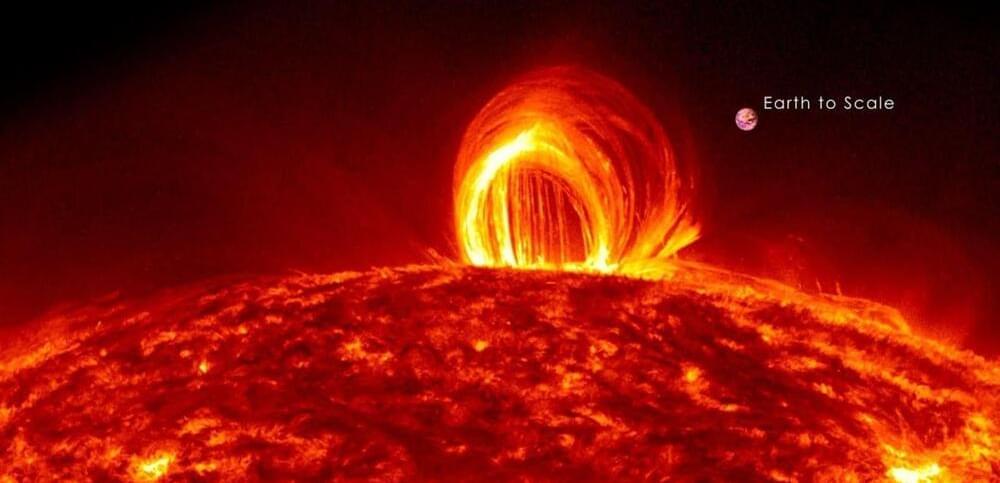
The possibility of the Sun causing catastrophic damage on Earth might seem something out of a science-fiction film, but this threat is very true. One of the best examples of Solar activity harming Earth was provided by the Roland Emmerich film 2012. It depicted the apocalypse prophesied by the Mayans many centuries ago. The storyline of the movie revolved around the Sun emitting unstable neutrinos because of anomalous energy processes, which were causing the Earth’s core to heat up and eventually lead to its destruction.
Although the ‘science’ part of the film was a bit over the top, the threat posed by the Sun could cause significant damage on Earth, and a recent solar flare impact gave us a hint of the Sun’s mighty power.
According to a report by spaceweather.com, a Reversed-polarity sunspot, given the designation AR3296, exploded on the Sun, blasting out dangerous solar flares directly towards Earth yesterday, May 7. Forecasters at NASA’s Solar Dynamics Observatory (SDO) revealed that this explosion on the solar surface produced a M1.5-class solar flare which lasted for a substantial amount of time.
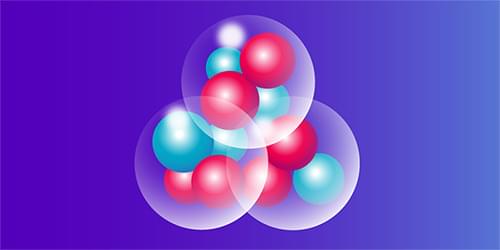
When two helium-4 (4He) nuclei smash together, they form a beryllium-8 nucleus. A third 4 He striking this nucleus may result in an excited form of carbon-12 (12 C), with the 4 He particles arranging in a neat cluster. Clustering of neutrons and protons during high-energy collisions is known to determine the stability of the collision products. But how clustering affects the dynamics and reaction outcomes of high-energy collisions remains an open question. Now Catalin Frosin of the University of Florence, Italy, and his colleagues report experimental data that detail how reaction products form during this kind of collision [1]. The results support models that suggest increased collision energy can drive clustering activity and result in emission of lighter, more energetic particles.
The experiments entail bombarding 12 C targets with pulsed beams of sulfur-32 and neon-20. Frosin and his colleagues characterized the resulting fragments using FAZIA, a detector designed to probe charged particles around the Fermi energy. Meanwhile, the team ran simulations, with and without cluster correlations, to predict the nucleon interactions and the decays of unstable products. Models with clustering produced particles that are more energetic—in agreement with the experimental data. The researchers attributed this effect to energy and momentum conservation in the nucleon–nucleon and nucleon–cluster collisions during the early, dynamic phase of the interaction.
The findings demonstrate FAZIA’s capability to extract precise information about the properties of nuclear fragments. The researchers say that similar experiments performed elsewhere looked only at carbon+carbon reactions. Extending them to heavier reactants provides a wider arena for interpreting fragmentation mechanisms.
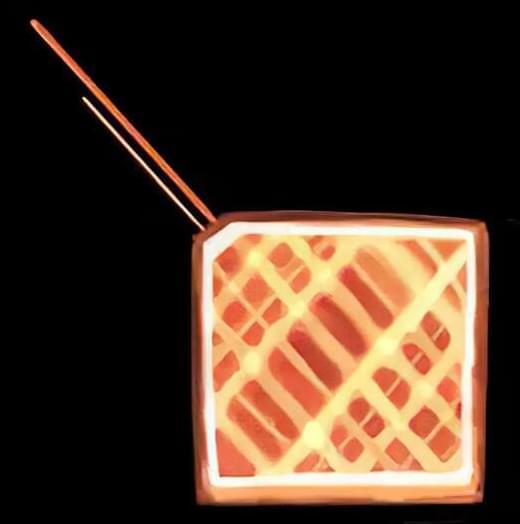
The University of Illinois Urbana-Champaign’s nuclear physics group is participating in the nEDM experiment at Oak Ridge National Laboratory, aiming to measure the neutron’s electric dipole moment to constrain theories in particle physics. The researchers aim to construct sensors for the nEDM experiment and explore their potential applications in quantum information science. The unique quantum properties of nitrogen-vacancy diamond make it a promising candidate for quantum sensing and quantum memory.
The nuclear physics group at the University of Illinois Urbana-Champaign is looking for evidence of new physics in neutrons, electrically neutral particles that hold atomic nuclei together with an interaction called the strong force. Faculty and researchers are participating in the nEDM experiment at Oak Ridge National Laboratory which will measure the neutron’s electric dipole moment, a property that allows neutrons to interact with electric fields despite their neutrality. A precise measurement will constrain theories extending the current standard model of particle physics. To achieve this, the researchers must accurately measure subtle changes in very strong electric fields.
Professor of Physics Douglas Beck has been awarded a grant from the Department of Energy to develop sensors based on nitrogen-vacancy diamond, a material whose quantum properties at low temperatures make it unusually sensitive to electric fields. His research group has shown that the material can measure strong electric fields, and the award will allow the researchers to construct sensors ready to use in the nEDM experiment. In addition, the material’s quantum properties make it a promising candidate for quantum information science. The researchers will also explore these potential applications.

In a development that could make quantum computers less prone to errors, a team of physicists from Quantinuum, California Institute of Technology and Harvard University has created a signature of non-Abelian anyons (nonabelions) in a special type of quantum computer. The team has published their results on the arXiv preprint server.
As scientists work to design and build a truly useful quantum computer, one of the difficulties is trying to account for errors that creep in. In this new effort, the researchers have looked to anyons for help.
Anyons are quasiparticles that exist in two dimensions. They are not true particles, but instead exist as vibrations that act like particles—certain groups of them are called nonabelions. Prior research has found that nonabelions have a unique and useful property—they remember some of their own history. This property makes them potentially useful for creating less error-prone quantum computers. But creating, manipulating and doing useful things with them in a quantum computer is challenging. In this new work, the team have come close by creating a physical simulation of nonabelions in action.